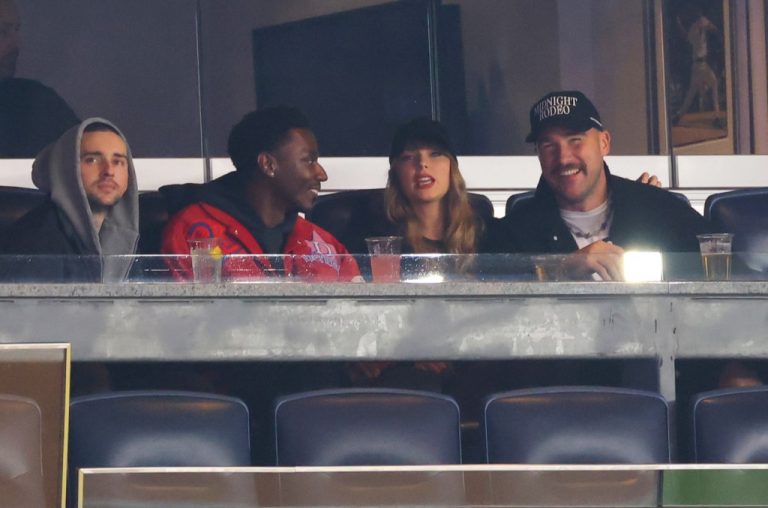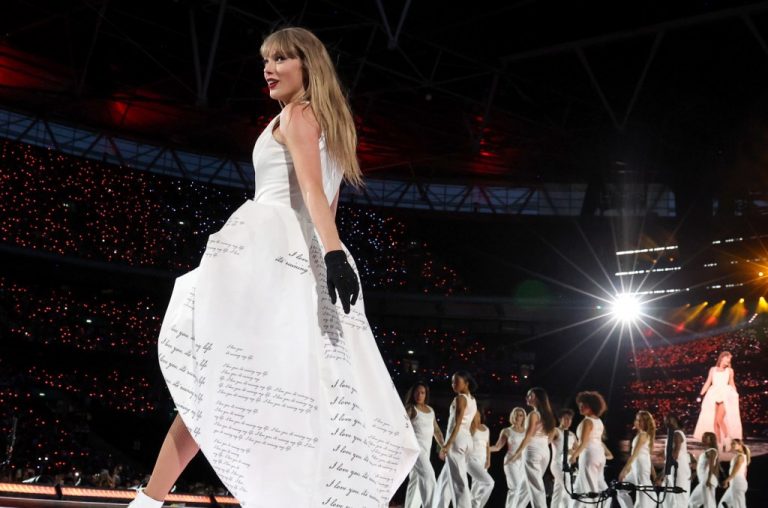Artist Representatives Say Bands Are Being Cheated
Recently, the music industry has been abuzz with heated debates over the cut venues take from merchandise sales during live performances. Layne Weber from Q Prime, Ashley McBryde’s management company, dished out details claiming that artists at McBryde’s level can rake in $16,000 to $20,000 worth of T-shirts and hoodies during performances at 1,500-capacity venues. Weber highlighted that some venues demanded a significant 20% to 25% share of McBryde’s merchandise sales during her spring tour, branding it as an exorbitant fee for services provided, particularly at smaller clubs where the setup often challenges the merch seller to compete with bartenders selling drinks.
This narrative mirrors the sentiments shared by many artists and their representatives who believe that the ongoing wrangling over merch percentages has escalated, especially since the industry’s post-COVID return. Crom Tidwell, the owner of Crom Tidwell Merchandising in Nashville, confirmed the skyrocketing merch numbers across all music genres, indicating that artists are clamoring for a more significant share of their profits.
Barry Drinkwater, the executive chairman of Global Merchandising Services, known for handling merch for top metal acts such as Iron Maiden and Guns N’ Roses, added to the chorus of discontent by asserting that bands, especially small acts, were being shortchanged. He highlighted the plight of smaller acts operating on slimmer margins and running their merch tables, emphasizing the importance of every dollar earned to sustain them from show to show.
Similar complaints also reverberate in larger venues like arenas and stadiums, where in-house concessions staff manage merch stands and usually pocket 20% to 25% of the sales. Drinkwater further pinpointed that renowned venues like New York’s Madison Square Garden (MSG) take an even bigger cut of 30% of artists’ merch sales, in addition to credit card fees. Despite the variant percentages in the UK, the prevailing sentiment among artists is dissatisfaction with the quality of services for the exorbitant fees demanded.
Transitioning from complaints to justifications, venue representatives argue that the merch percentages stem from pre-show negotiations with artists and vary based on the artist’s bargaining power. They affirm that venues, like artists, are striving to remain financially viable, considering the overhead costs incurred in hosting performances. Brock Jones, a venue consultant and former GM of Nashville’s Bridgestone Arena, voiced support for the standard 80/20 merch deal, asserting its fairness when venues are actively involved in selling the merchandise.
Even amidst the legitimate grievances hurled by artists over high venue percentages, the practicalities of staffing union employees to facilitate sales in larger arenas are acknowledged. The need for a dedicated crew to manage sales operations underscores the cost-benefit analysis for venues, justifying the percentages charged. However, the same rationale fails to hold ground for artists questioning the value derived from smaller venues receiving similar percentage cuts.
The precarious position of small venues post-pandemic has been further exacerbated by Live Nation’s On the Road Again program, raising concerns that these independent venues might succumb to the pressures of aligning with the prevailing merch sales practices. The National Independent Venue Association highlighted potential adverse implications, underscoring the critical role these smaller venues play in nurturing artists operating on razor-thin margins.
At the crux of the matter lies the substantial merch profits witnessed in arenas and stadiums, with artists like Taylor Swift reportedly making millions on merch sales during her tours. Live Nation’s financial report also underscores the surging growth in merch and concessions at owned or operated arenas, exemplified by venues like Austin’s Moody Center. Notably, large venues adhere to the standard 20% to 25% cut, with additional credit card fees often passed on to artists, prompting efforts to negotiate lower fees for artists with significant sales potential.








